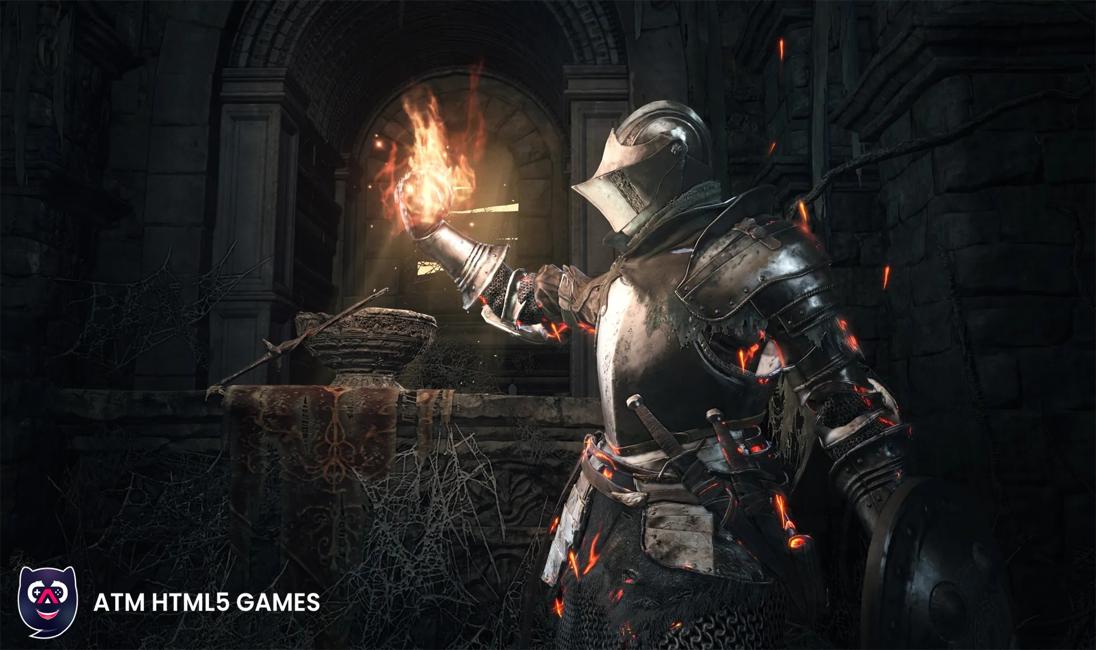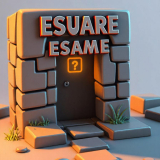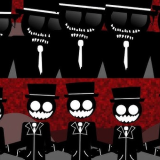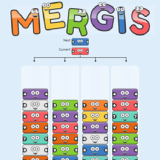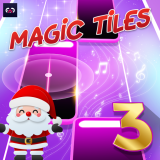Why Are People Comparing Dark Souls 3 to the Papal Conclave?
Spanish TV audiences recently reported on cardinals which were flinging fire balls at each other during the conclave. Many were left to wonder the origin of this tradition. The answer may surprise you. It is also a element which plays into the RPG game Dark Souls 3.
How Dark Souls 3 Mechanics Mirror the Conclave
In Dark Souls 3 players have at their disposal fireballs which are a very powerful tool in combat. The game is an action adventure which also has heavy strategy elements. Also in the world of the game we see fireballs used by the conclave as a symbol. In both player and conclave fireballs require precision and timing.
The Lore Behind Fireballs in Both Worlds
Dark Souls 3 features in depth background to its magic system. In the papal conclave there is also the element of very old traditions which play a role in their rituals. This casual parallel between the two may in turn make it simpler for players to grasp religious elements.
The Role of Multiplayer in Understanding Traditions
Dark Souls 3 features multiplayer which is a cooperative play mode. The conclave is a simulation which players run together which they as cardinals in the game also do so in real life. Also in both of these settings players make group decisions and see special effects.
Strategy in Gaming and Religion
Choosing a pope is a very strategic process which at times plays out like a game of Dark Souls 3. We see the interaction between cardinals as they go after the top spot to be like players going after each other in PvP modes of games. This fun aspect puts a light on which we can see the very serious traditions.
Breaking Down the Fireball Tradition
In the papal conclave pasted ballots to report results. This produces what we may call smoke signals. To gamers it is like the fire and forget spells in Dark Souls 3. The visual analogy helps in that which we know and that which is new.
Why Action Games Help Explain Rituals
In Dark Souls 3 we see very large action elements which present complex ideas in simple terms. Also the visual style of the games is great for putting out information on ancient traditions. Also in the RPG community there is a set of familiar references which players bring to the table.
The Shared Language of Symbols
Both in Dark Souls 3 and in the church fire is a symbol. In the game fire represents power and change. In the institution of the church it is that which signals divine decisions. This makes the comparison relevant.
Virtual Gaming Concepts in Real Life
Virtual game worlds present real life themes. The conclave’s fireballs which also function as game elements that play out real world issues. This helps to make foreign customs more relatable to the Spanish audience.
Conclusion
Dark Souls 3 does that which the papal conclave fireballs do. Both use fire as a powerful symbol. Game’s RPG elements play out like religious rites. Action games put complex traditions into terms the every man can understand. Next time you see cardinals throw what appears to be fireballs, think of it as a Dark Souls 3 spell!
FAQs
1. Why do cardinals use fireballs during the conclave?
They set fires of paper to produce smoke which is magical in appearance but doesn’t actually cause large scale damage.
2. How does Dark Souls 3 relate to religion?
The game’s which are of a fantastic nature put forth themes which play with certain religious ideas.
3. Are there other games that explain real-world events?
In many cases we see history and political processes as the stage which simulation and strategy games play out.
4. Why do Spanish viewers find this comparison helpful?
In some cases games present us with which we are familiar in the visual elements of what is in fact foreign religious practices.
5. Can gaming really teach us about culture?
Yes! In the case of games like Dark Souls 3 they feature in depth lore which is based in real world mythologies.
#DarkSouls3 #PapalConclave #GamingInsight #RPGGames #ReligiousTraditions
- First important point about the content
- Second point with detailed explanation
- Another noteworthy detail
- Final concluding thought
